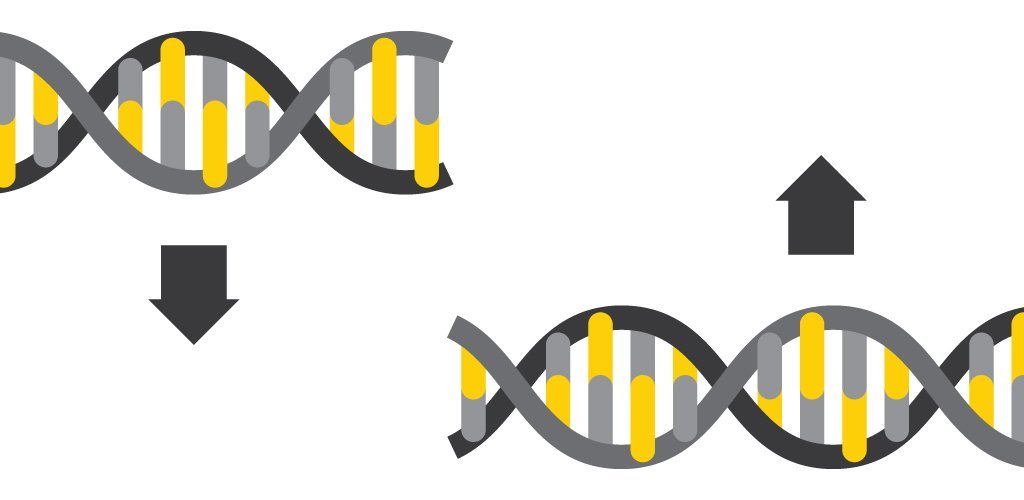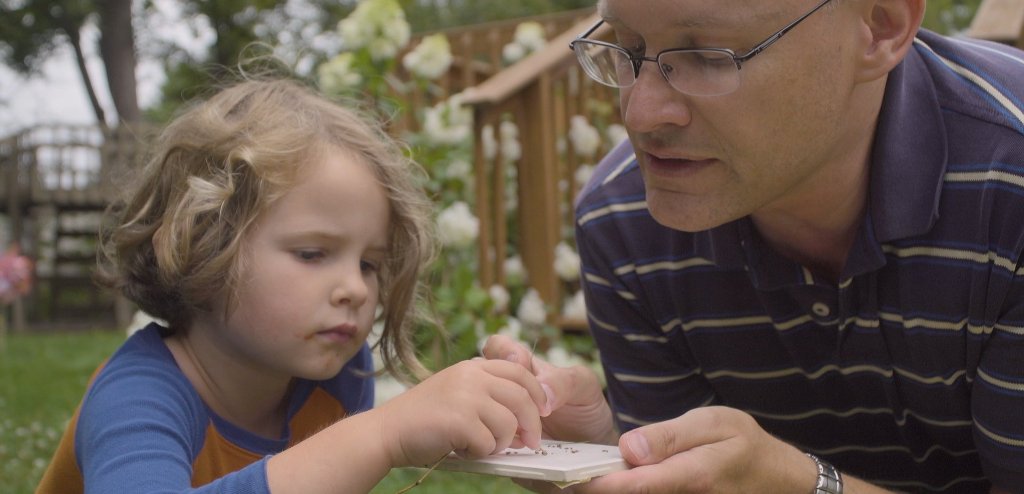Double-stranded breaks in DNA can be detected with several technologies. Doing so in plants is exceptionally difficult, but GUIDE-Seq shows promise in new studies.
GUIDE-Seq deals with DNA double-strand breaks (DSB) and stands for genome-wide unbiased identification of DSBs evaluated by sequencing. Basically, the technology seeks out damage hotspots where duct tape-like DNA fragments can seal the damaged DNA and leave an identifiable mark there. Oftentimes, these repairs are like duct tape fixes at home—they're not always perfect. GUIDE-Seq can efficiently track down taped locations, which can help trace DNA damage and repair processes.
The duct tape is effective in animal cells. But plant cells—with their tough cell walls—have difficulty getting the tape into the cells to mark DNA breaks. In a spotlight article published in Trends in Plant Science (DOI: 10.1016/j.tplants.2016.08.005), biologists from Michigan Technological University elaborate how GUIDE-Seq could be a solution for observing plant DNA damage, repair and evolution.
Gene Editing Tools
Damaged DNA will sometimes create a mismatched sequence when repaired, much like pushing a shirt button through the wrong hole. Such a small mistake creates an uneven sequence that makes a big difference in genetic blueprints.
"Without DNA repairing, we wouldn't be able to survive," says Guiliang Tang, a professor of biological sciences at Michigan Tech and the paper's corresponding author. He explains that cells naturally repair DNA and now, with the new technology CRISPR-Cas9, genes can be modified by people, which also requires DNA repair.
"Nature introduces random DNA damage, which can be anywhere within the genome," Tang explains. "While CRISPR can introduce very specific DNA damages for modifications through repairing."
The biggest problem that GUIDE-Seq detects is off-targeting with CRISPR, which serves as a cut and paste gene editing tool. However, that cutting and pasting is not always precise enough, resulting in mis-repairs between double-strand breaks.
Luckily, the precise position of both correct and incorrect DNA repairs can be detected
by the duct tape. Within the toolkit of gene editing, GUIDE-Seq is like the eyedropper
tool that highlights all sections of the same color in an image; the DNA repairs,
marked by the duct tape, can be precisely located by the GUIDE-Seq along the damaged
DNA helix.
"This duct tape is made of very short DNA sequences—about 33 nucleotides long—to find double strand breakages," Tang says. "The short sequence results in efficiency."
The structure and composition of the short sequence also matters, which could make the duct tape colorful and useful for different purposes. For example, a green duct tape detects more easily the DNA damage on beneficial genes, and a red one detects damage on adverse genes, and so forth. Tang's lab is currently testing the duct tapes of different colors.
Plant Genetics
DNA damage and repair are the driving forces of plant evolution, specification and domestication; they also have their own unique DNA repair factors that animal cells lack. But because of their thick cell walls, plant cells can be difficult to work with for DNA damage identification.
"So far, GUIDE-Seq has only been developed using cultured animal cells," Tang says. "In plants, we can mimic animal cells by removing their cell walls, but we have to work quickly to introduce the duct tape into the cells before the cell wall heals."
GUIDE-seq is likely limited to individual cells for plants. Still, using the technology could help evaluate mutants in DNA repair, examine plant DNA repair processes and, most importantly, dovetail with other technology to ensure gene editing efficacy and accuracy. Especially with advances in CRISPR technology, the GUIDE-Seq tool is sure to take root in plant genetics research.
Michigan Technological University is a public research university founded in 1885 in Houghton, Michigan, and is home to more than 7,000 students from 55 countries around the world. Consistently ranked among the best universities in the country for return on investment, Michigan’s flagship technological university offers more than 120 undergraduate and graduate degree programs in science and technology, engineering, computing, forestry, business and economics, health professions, humanities, mathematics, social sciences, and the arts. The rural campus is situated just miles from Lake Superior in Michigan's Upper Peninsula, offering year-round opportunities for outdoor adventure.






Comments